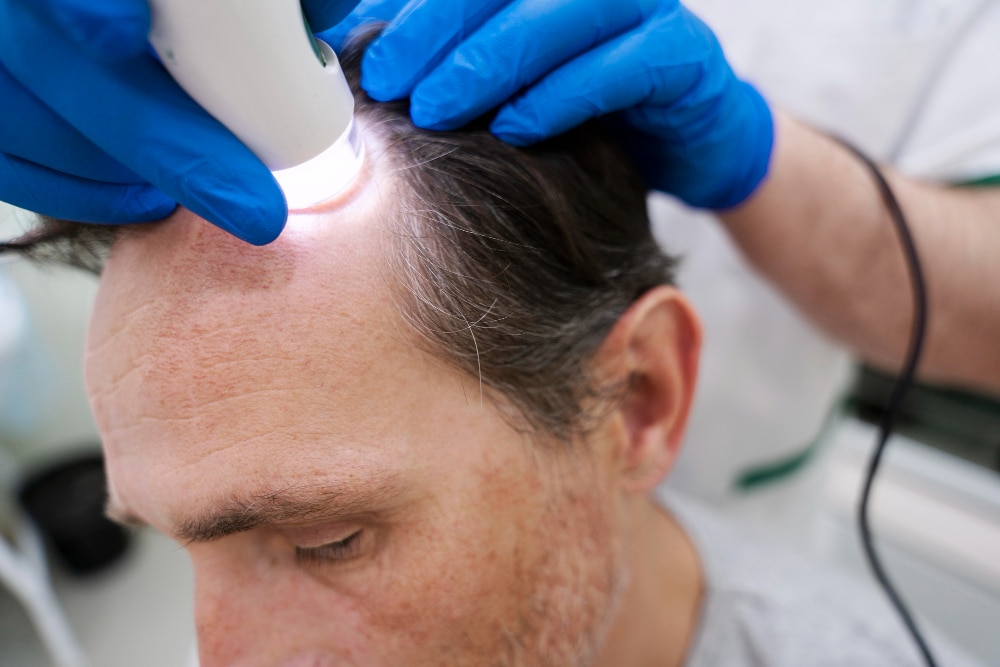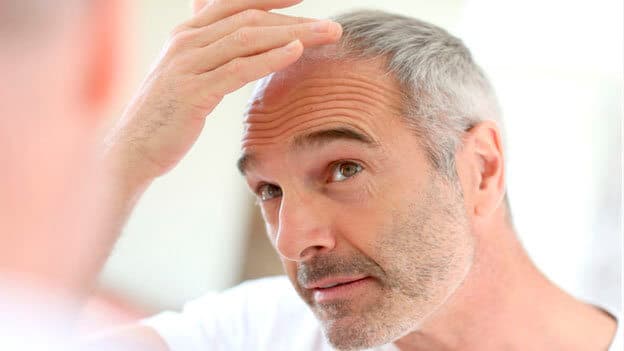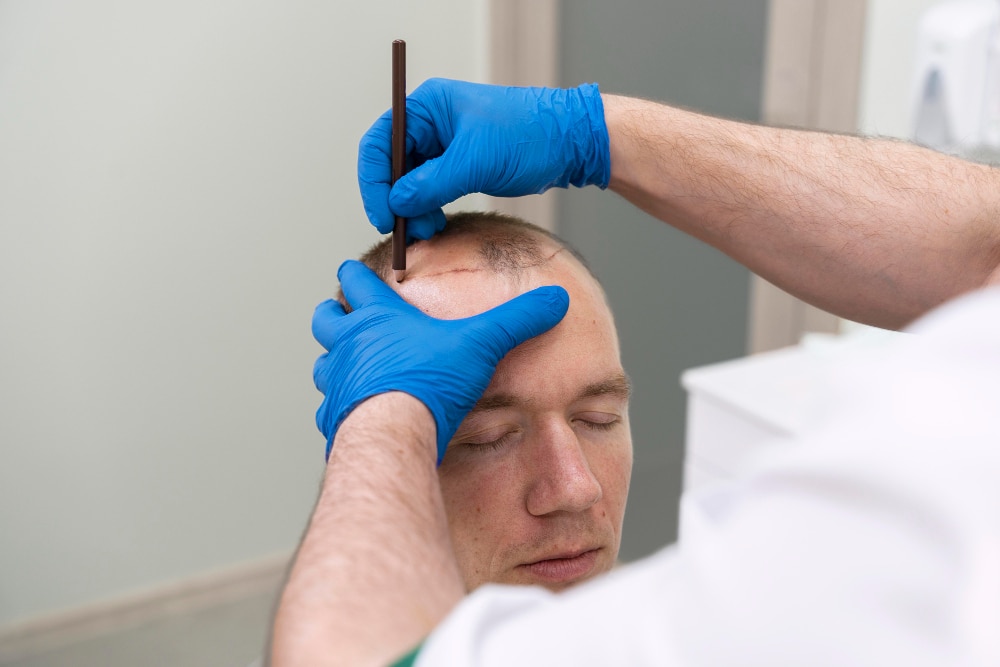Are you dealing with the alopecia and you feel uncomfortable with the simple fact of seeing yourself without hair in front of the mirror? If this is your case, we wouldn't be surprised if you have considered the possibility of having a hair graft.
This is, of course, a highly effective procedure to solve baldness permanently, as long as the appropriate precautions are taken after the procedure. hair transplantation.
Some people, of course, are very enthusiastic about the idea of undergoing a hair transplant, but sometimes they are still hesitant to decide to put an end to their alopecia. The reason? The belief that hair transplantation is a painful procedure, but what's the truth? Does it really hurt?
This is precisely where we want to help you, which is why we have put together an article on the discomforts you can expect when undergoing an hair transplantation.

Pain during and after hair transplantation: Factors to consider
The hair grafting in Turkey is a highly effective procedure for treating alopecia, however, it is also true that it can cause some discomfort for patients. It is very common, for example, to experience scalp pain or swelling and crusting of the treated area after surgery.
Should you be worried? The answer is no. Because, these side effects are usually temporary, but you should still be aware of the following aspects:
- It is true that during the hair transplantation local anaesthesia is used to numb the area where the procedure is to be performed. hair transplantation. This means that the patient should not feel any pain during the procedure, however, some pressure or discomfort may be experienced as the grafts are removed and transplanted. hair follicles.
- Pain and discomfort after the procedure often varies from person to person. Some people experience more pain and discomfort than others, depending on factors such as individual sensitivity to pain and the amount of pain and discomfort. hair follicles transplant recipients.
- Other complications, such as bleeding, infection or scarring, are possible but rare if proper precautions are taken.
- To manage pain after the procedure, the following may be prescribed analgesics or cold compresses can be applied to the treated area.
Most common side effects after hair grafting procedure
As with any surgical intervention, the hair transplantation can have some side effects after the procedure. And while they vary from person to person, here are some of the most common consequences after hair grafting:
- Swelling: It may be mild or moderate and usually occurs around the forehead and eyes. The application of cold compresses may help to reduce inflammation.
- Crusts: It is a very common side effect after hair grafting and is often very uncomfortable, in fact, it may take several weeks for the scabs to disappear completely. Our advice is to avoid scraping or pulling at the scabs as this can damage the transplanted hair follicles.
- Pain and discomfort: The discomfort can be controlled with over-the-counter painkillers and cold compresses.
- Itching: This is another very common consequence after the hair transplantationThis is a normal sign of healing, but it is important not to scratch the treated area to avoid damaging the transplanted hair follicles.
- Temporary loss of sensation: In some cases, there may be a temporary loss of sensation in the treated area after the procedure. This is usually temporary and should improve as you recover.
- Bleeding: A small amount of bleeding after implantation is normal and usually stops on its own. If bleeding is excessive, it is important to inform your doctor immediately.
- Infection: Although rare, infection is a possible side effect after the procedure. Of course, we recommend following the postoperative care instructions provided by the doctor to reduce the risk of infection and prevent complications.
How long does it take for the pain to disappear after hair transplantation?
As we have already mentioned, pain after the procedure of hair transplantation is very common. Most people experience some discomfort and scalp pain after the procedure which can last for several days.
Generally, pain after the procedure tends to be mild and can be controlled with over-the-counter painkillers such as paracetamol or ibuprofen. This also includes the application of cold compresses to reduce swelling and pain.
It is important to note that pain and discomfort after the procedure can depend on three main factors:
- The number of transplanted hair follicles.
- The technique used.
- Individual sensitivity to pain.
In some cases, pain may last longer and require more pain control. Most people usually return to their normal activities within days after the procedure, but it is important to follow the aftercare instructions recommended by the doctor.
If the pain persists or worsens, we advise you to inform a specialist so that he/she can assess the situation and provide the appropriate treatment for your case.

Conclusions
The procedure for hair transplantation should not be painful in itself because local anaesthesia is used during the procedure, however, it is normal to feel some discomfort and pain after follicle grafting. Does this discomfort represent a serious problem? No. Since they can usually be controlled with some treatments such as painkillers and cold compresses.
Our advice is to follow the care instructions prescribed by your doctor to avoid possible infections and reduce pain.
Now, if you're considering hair grafting and have concerns about pain, reach out to our hair grafting experts for more information on what to expect during the procedure and how to manage pain after the procedure. hair transplantation.
In short, the hair grafting can be an effective and long-lasting solution to hair loss, and pain during and after the procedure should not be a barrier to considering this option.
